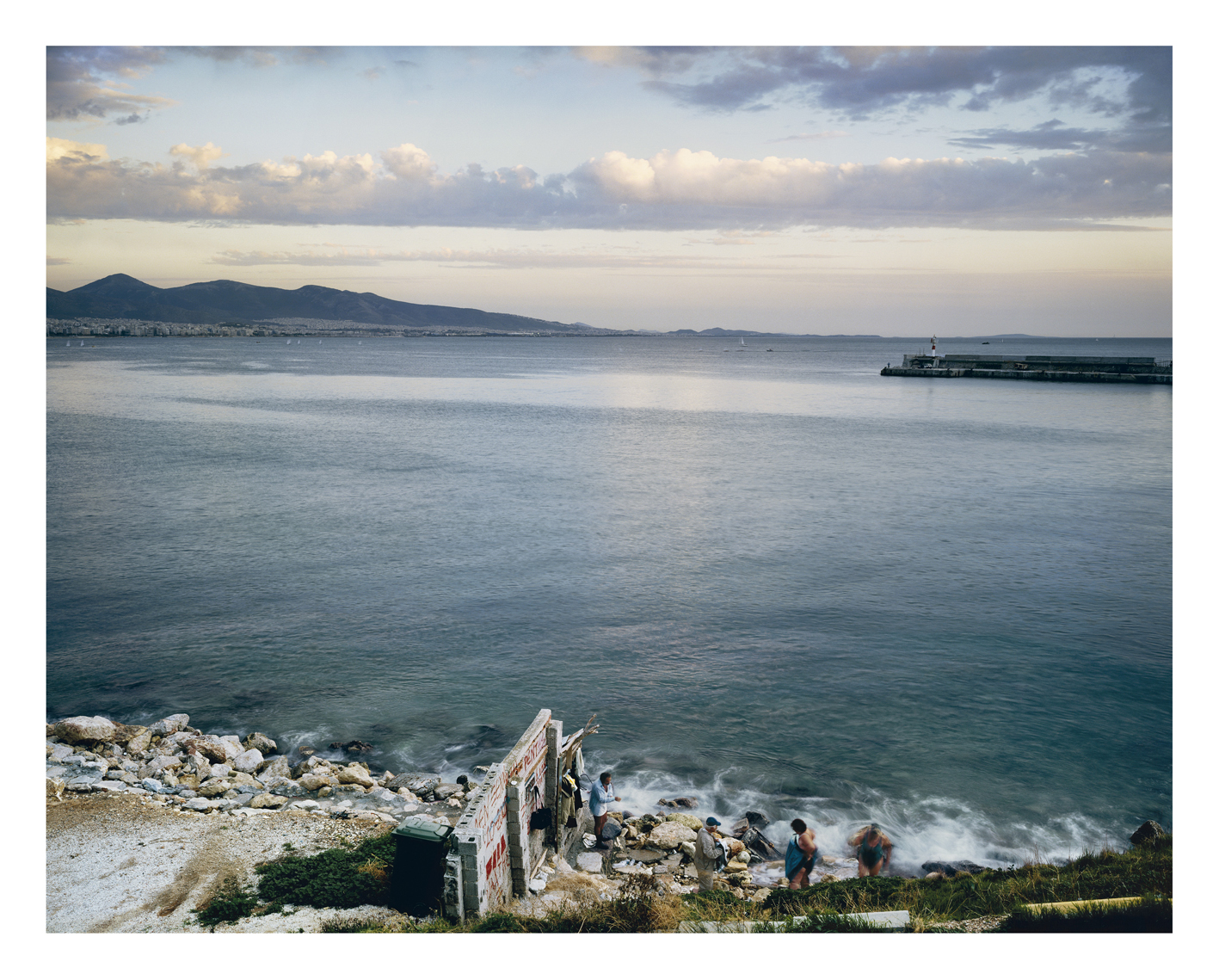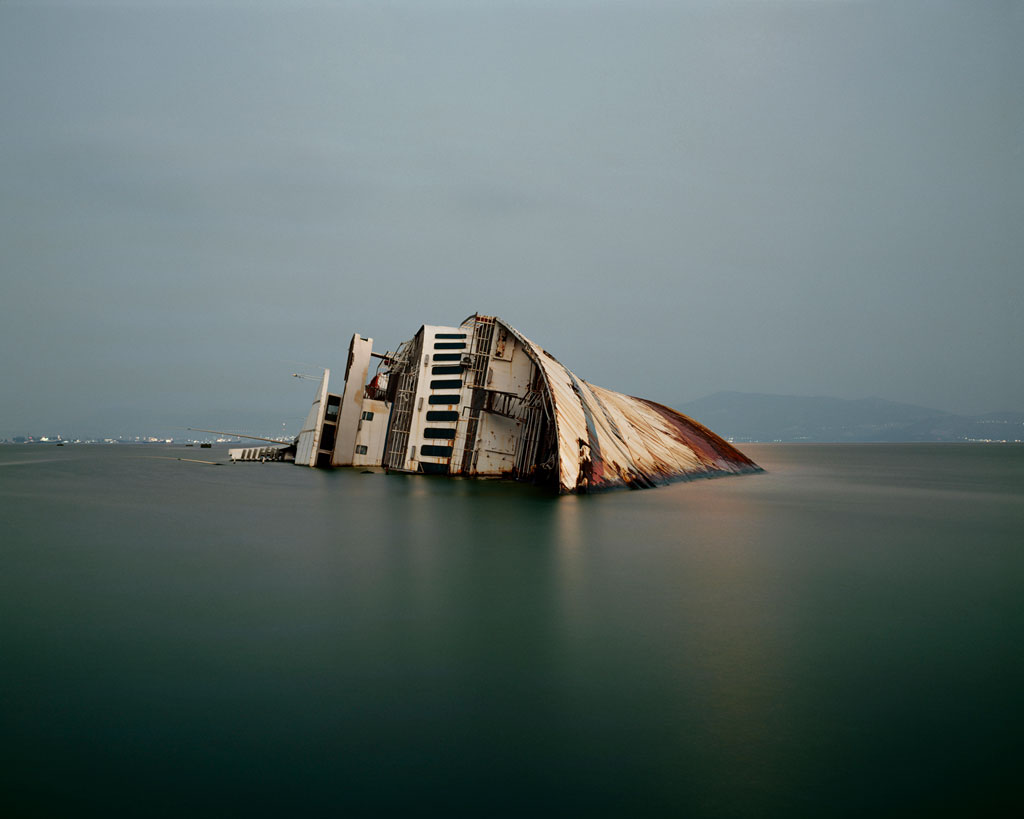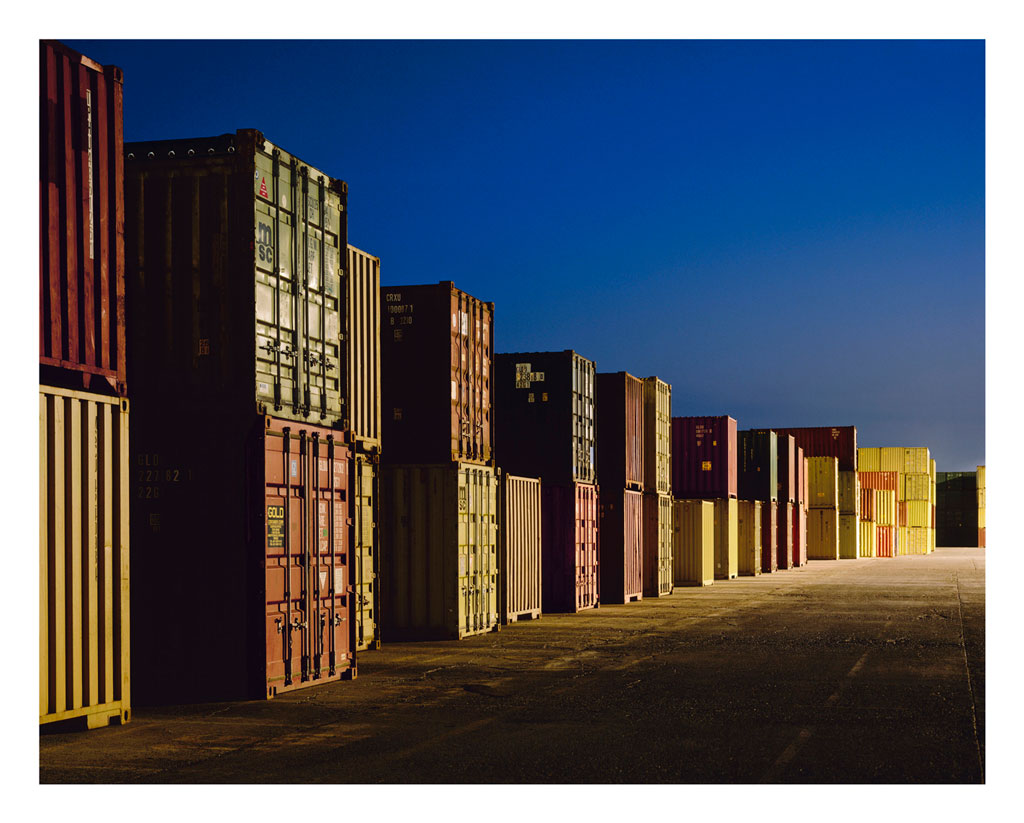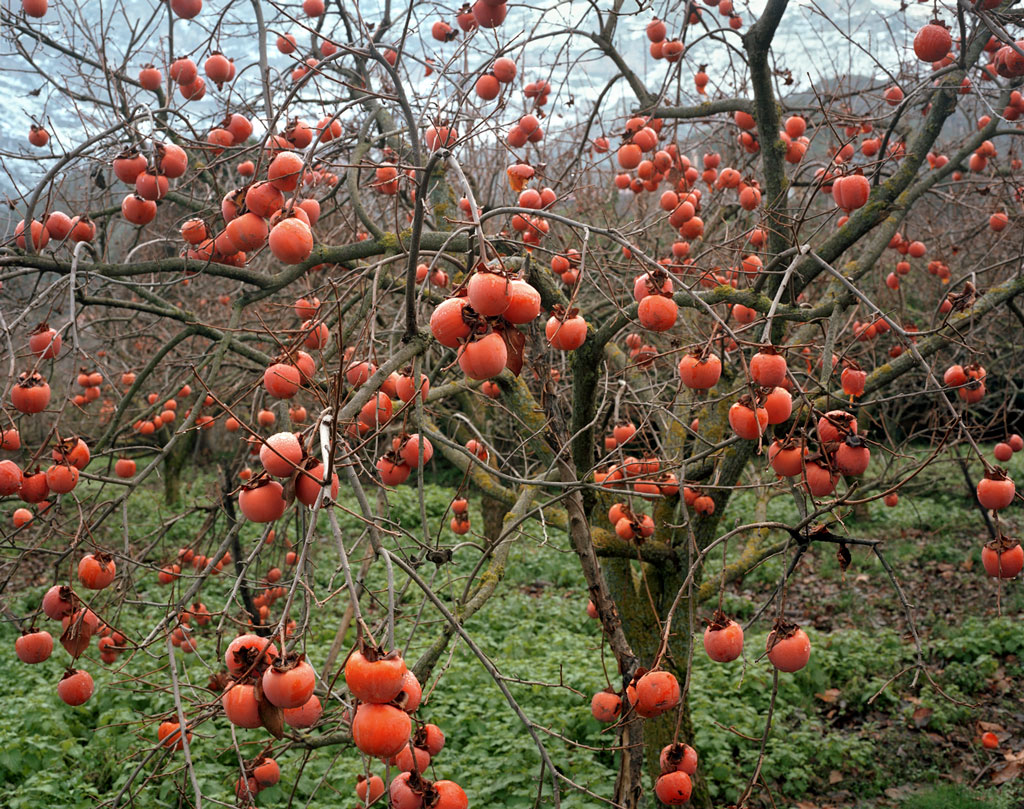PHOTO:Nikos Markou-Topos
 Nikos Markou is the first from the generation of the new Greek photography that captured workers with creative rather than journalistic intent, the workers of Athens Gasworks, when the factory was still operating (1984-85). These photographs were the real starting point of Marcou’s photographic work, which of in its course adopted very different directions.
Nikos Markou is the first from the generation of the new Greek photography that captured workers with creative rather than journalistic intent, the workers of Athens Gasworks, when the factory was still operating (1984-85). These photographs were the real starting point of Marcou’s photographic work, which of in its course adopted very different directions.
By Efi Michalarou
Photo: Citronne Gallery Archive
Nikos Markou presents his solo exhibition “Topos” in Citronne Gallery in Poros continuing the dialogue started with his solo exhibition “Inner Space” in the Gallery’s space in Athens. The human presence in the works that are on sow is either of minimal or completely suggestive however, its consequences are visible: pollution, environmental degradation, deterioration of nature, alteration of the physiognomy of space. Like the photographs of, where the damage has become an everyday experience. And in the countryside, though similar elements can be seen – such as the semi-submerged ship which crosses the horizon and the sea of Eleusis. The way he frames his subjects, is straightforward and unembellished, in order to turn his subjects into huge window-like frames that overlook towards nature. The recognition of the scenery is not the goal of the artist, whose main preoccupation is the interior gaze. “Most people believe that photography is a representation of reality, but this is not the case”, he mentions. “Photography uses reality, which, however, is not objective”. In 1979 Nikos Markou started studying at the School of Mathematics. In the beginning of the ’80s he started working at a professional studio, which was specialized, in commercial photography. That was an opportunity for himto learn, mainly in practice, the technicalities in this field. So he ended up working as a professional photographer and gave up on mathematics altogether. Nikos Markou started out as a photographer in the ‘80s in Petroupoli and Perama, two regions lying on the fringes of the city. Right at the point where the hollow mountain touches upon the urban environment and the rock turns into gravel and then into asphalt and cement, “Perama” (1980-82), was shot in a residential area with shacks, and illegal houses, as he says “When I first saw this setting I felt the urge to get to know these people and discover what forced them to lead that kind of life”. The time he spent living with these families, was much longer than the time he spent taking photos of them. In his second project “Gasworks” (1984-85), he captured the workers of Athens Gasworks with creative rather than journalistic intent, when the factory was still operating. “Topos” an ongoing series since 2000, has been a turning point in his working method, regardless of the topics that come about and their outcome. “We live in a big city and there comes a time when you want to be closer to nature and just go on an excursion… All my work revolves around this country. And I feel that this country is my home. My life turns in circles, going round and round. I started with photos of people then landscapes, then the city. Out of the city, to rediscover it later. And suddenly, in 2010, I felt that what I missed were the people”. With “Life Narratives” (2012-14), Markou touches something very private, it is a contemporary photographic series based on an audiovisual work, which seems to engrave history: the portrait sits still as we listen to each person’s life story, or an extract from it. In this juxtaposition between the flow of the story and the stillness of the face, there emerges a personal story that is part of the political and social life of Greece: glimpses from the crisis, from the life of immigrants, from the hardship that people have had to endure, ways of living, of loving, of getting married, of growing up. In “Inner Space” (2019), Markou seeks to create an altogether new sentiment. In this case, we witness the birth of an inner world whose structural elements are none other than cosmic debris (such as small stones, grains of dust, shredded paper etc.) which the artist himself has discovered and collected. With patience, perseverance and technical dexterity he manages to overcome the imposed entropy and, using materials from the deconstruction of the real universe, to finally construct a universe of his own.
Info: Citronne Gallery, Virvili Square, Poros, Duration: 27/6-13/9/20, Days & Hours: Daily 11:00-13:00 & 10:00-23:00, https://citronne.com




